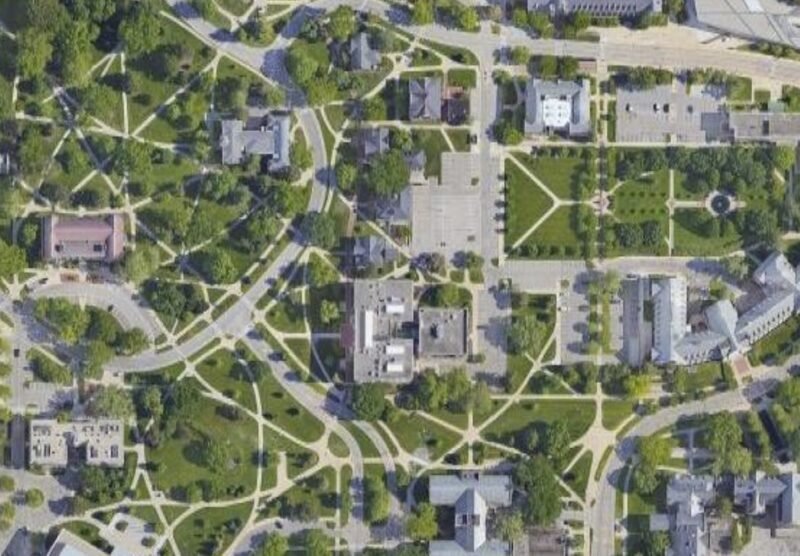Custom Bike Urbanism
If getting hungry, while strolling along the roads of Shanghai, it is not necessary that McDonald’s will be your eatery of choice. Certainly not if you are all crazed out about having your stomach filled with local street food. In this case you might choose the local chef providing freshly prepared meat-on-sticks from his hybrid of a bike-BBQ grill.


In fact street-kitchen-bikes are not a one of a kind phenomenon. Japanese architect Hiroyuki Shinohara has conducted a study of bicycles altered to various needs and functions driving around on the streets of China. The list of functions is everything from bookshops and ice cream vendors on wheels, to garbage collectors and more sophisticated alterations with water tanks built on bikes. The full study can be found in the upcoming 2nd issue of the Chilean architecture magazine ‘Materia Arquitectura’.
In short, Shinohara is describing how these bikes are mainly used by inhabitants from the lower levels of the Chinese society. Many of these bikes are used for retail purposes and usually congregate in busy back alleys and entrances to parks and residential compounds in order to attract customers. He claims that these street vendors are a key feature in animating the various spaces of the city, which in many occasions would be empty and to some extend depressed. They are popular by their customers as they can create temporary markets in close proximity to their target groups.

The customization reaches much further than for only retail. Another large group of the bikes are used for transportation of various goods. The benefits of these is that they are moving about in a much slower speed than motorized vehicles and can therefore access areas inaccessible by cars. Shinohara points out that in many occasions these customized bikes are both ecologically as well as socially sustainable, and that it is a problem that much of current urban development in China is eradicating the areas accessible for these bikes and favoring huge road infrastructure optimized for motorized traffic.
“The physical space of the city is a reflection of intertwined social realities and represents the multiple desires of different actors in the city. Urban aspiration requires city planning that insures a variety of spaces and places where a spectrum of different activities can be fully performed. Current Chinese cities however, are produced through planning strategies based on generic masterplans; static, centric in nature, and dominated by infrastructure and inaccessible landscaping. Custom Bike Urbanism, on the other hand, suggests a possibility of constructing urban spaces that are individualist and dispersed, yet able to accommodate a multitude of dynamic forms. With the inherent characteristics of mobility and ephemerality, it brings vibrancy to redundant urban space and enhances the function of the existing city.”




